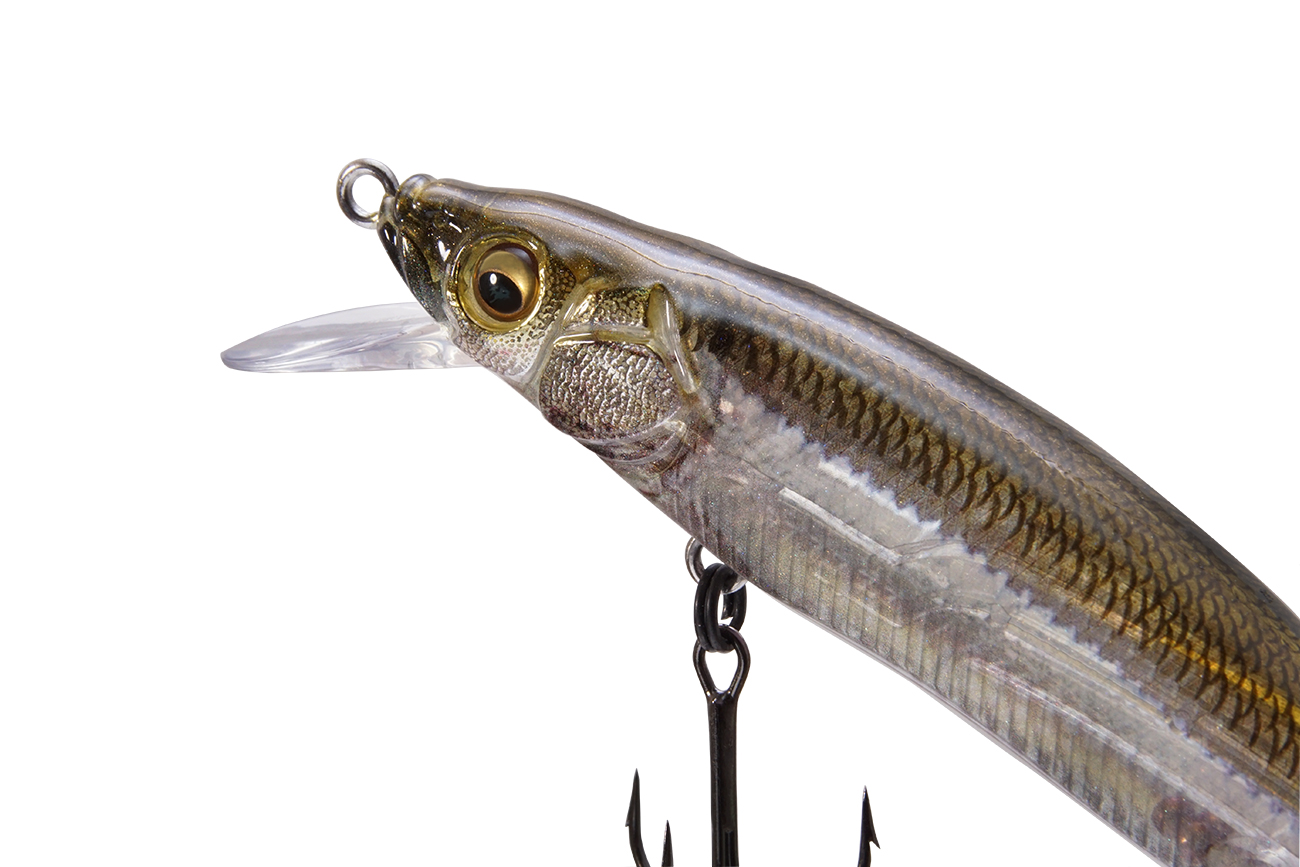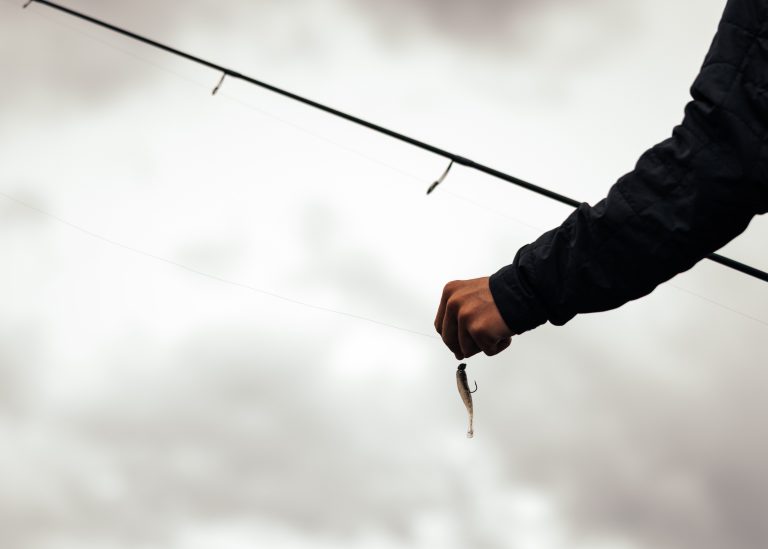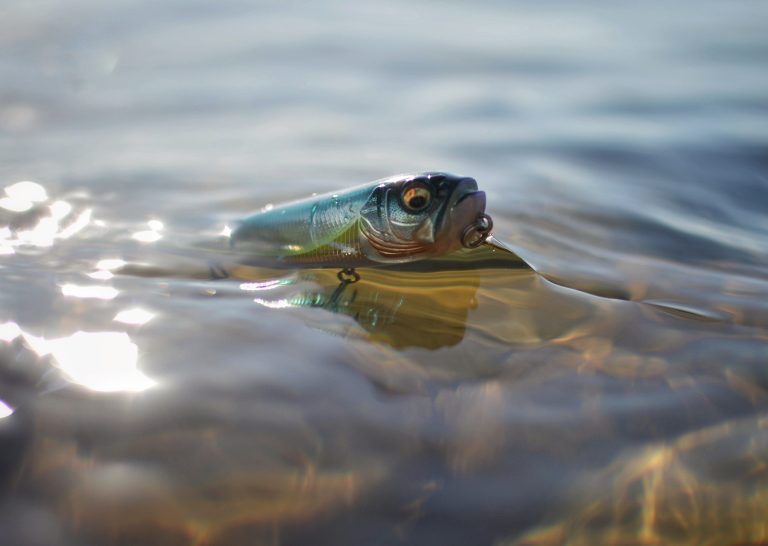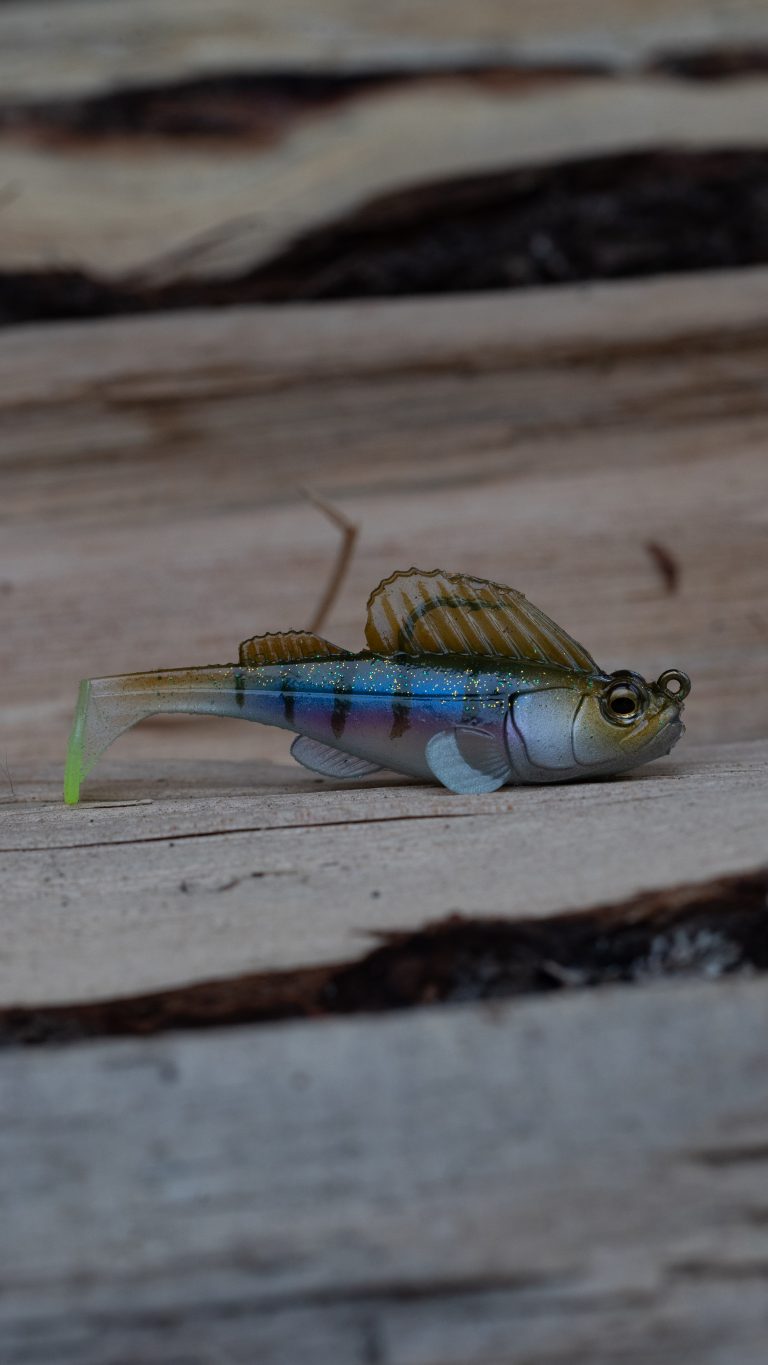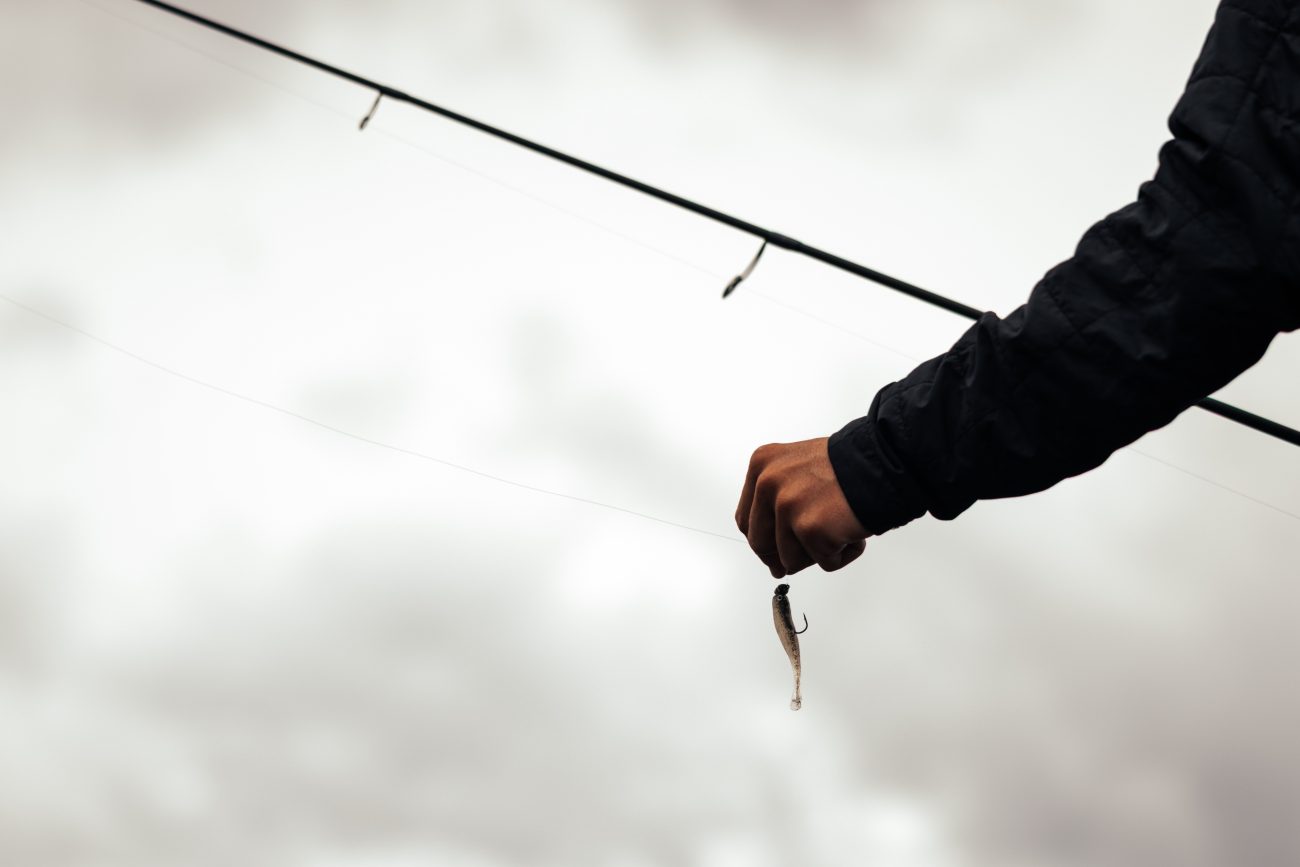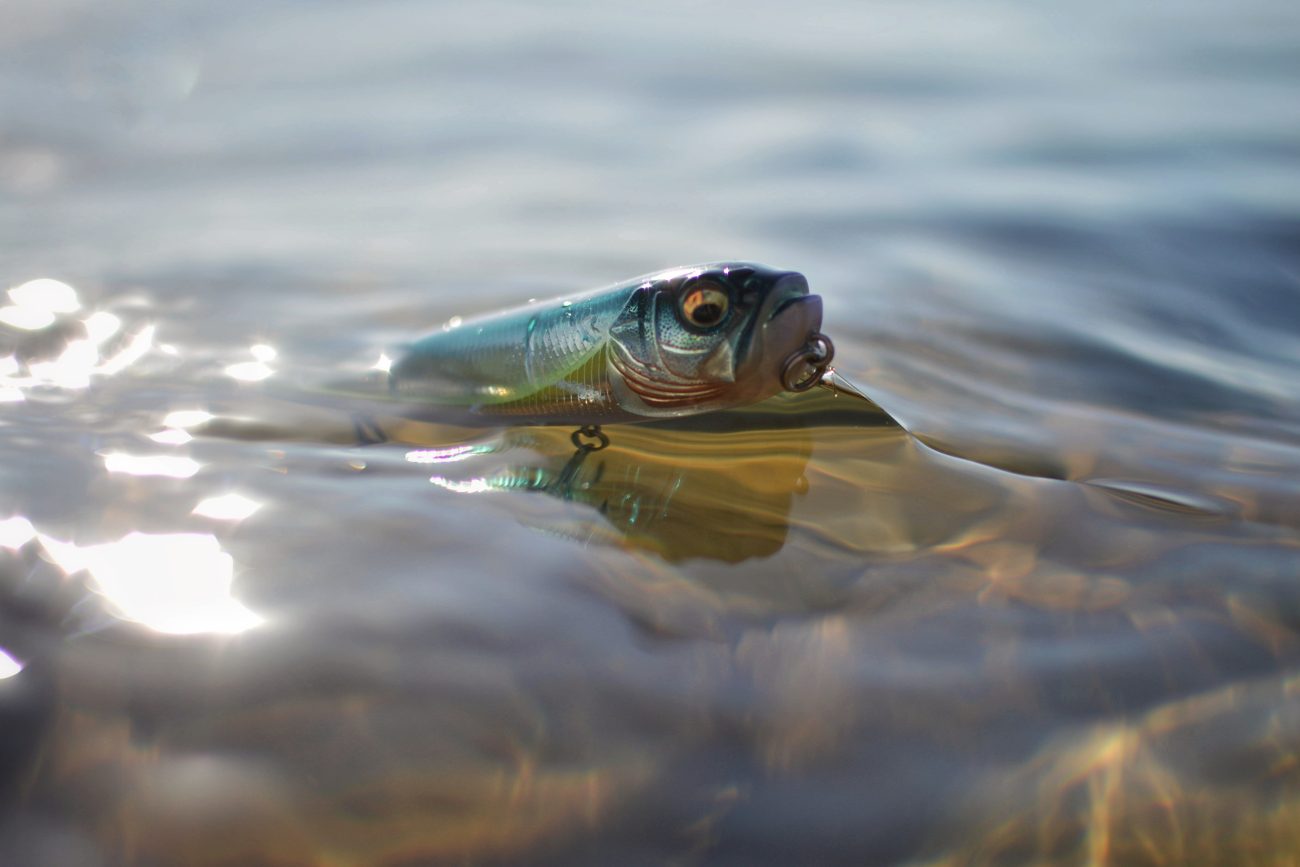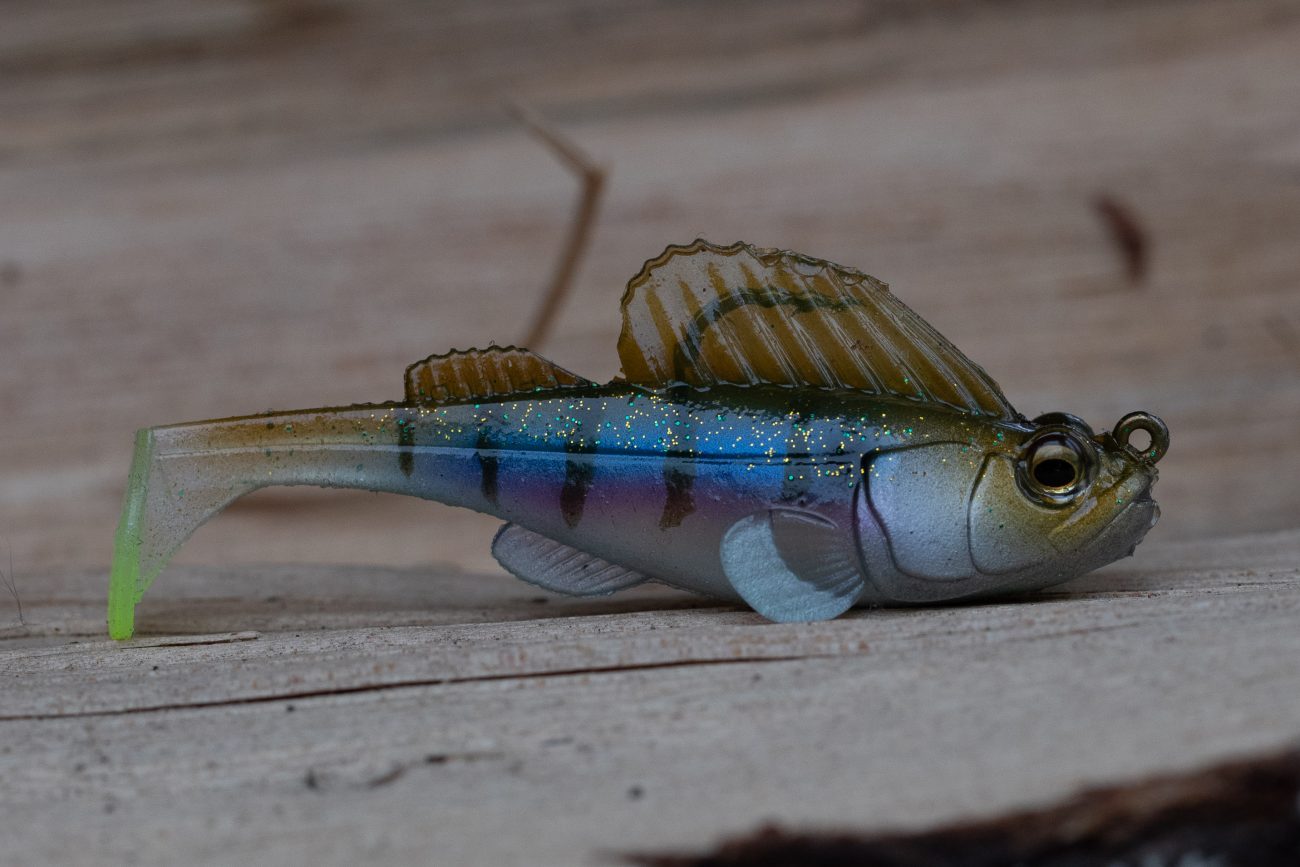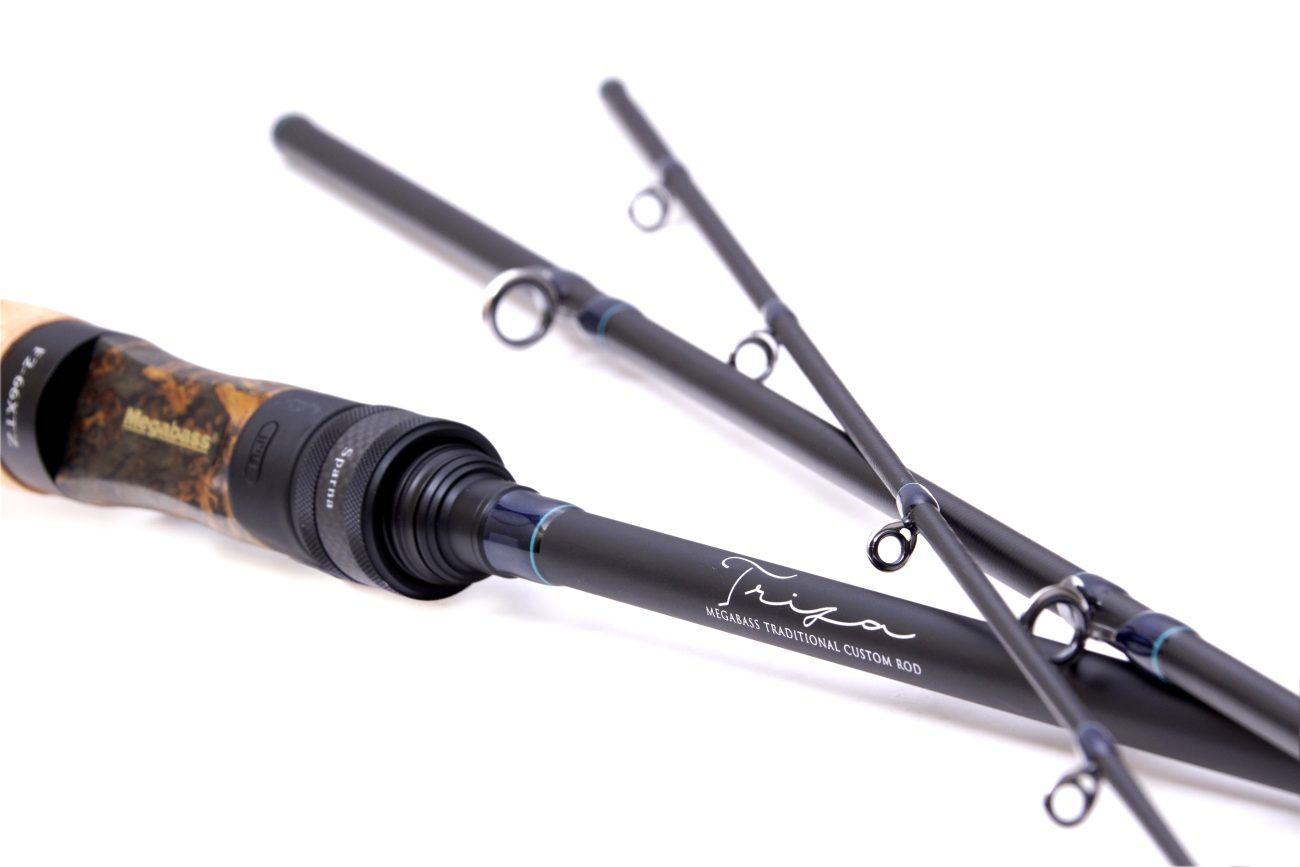Made by a Meister
Fine Art Finish lures are painted on the third floor of the company’s main factory in Hamamatsu, Shizuoka Prefecture. While printing has long been used by many makers to create realistic finishes, Megabass prefers the artistry inherent in painting.
Regardless of lure material, the assembly, polishing, leveling and painting are all done by hand. Therefore, if the precision of the coating process is too extreme, it may cause a problem in the manufacture of lures as mass products. Megabass’s new coating method, “Fine Art Finish,” is therefore not something that just anyone can apply and is therefore unsuitable for mass production. Here’s what Yuki Ito has to say about this:
“The Fine Art Finish is applied only by our veteran painters, whom we call “Meisters.” At Megabass, the second and third generation painters have been trained, and we have a system in place to ensure this level of painting is maintained (I’m deeply moved by the fact that 33 years have passed since Megabass was founded, and that this level of artistry is now possible).
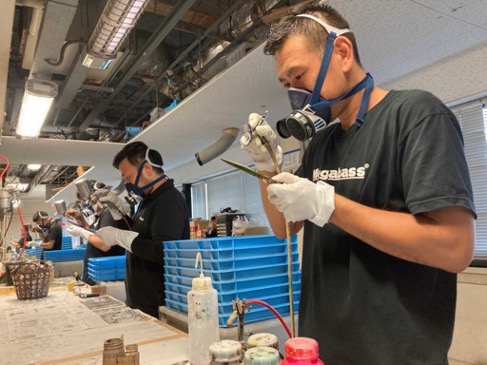
A male oikawa with vivid nuptial coloration, a slightly rusty ayu (sweetfish), and a pond smelt look so realistic that they could lifted from their natural habitat. The fact that there is a depth of realism in the Fine Art Finish is probably the result of sticking to painting instead of printing. The transfer-printed Oikawa♂ is the same as the original Oikawa♂, but in the case of painting, there are at least two options for expression. One is to faithfully copy the model of the Oikawa♂, and the other is to harness the impression and give life to the lure through the meister’s hands. Fine Art Finish is the latter. For example, in the case of the VISION ONETEN, the sharp ridges of the lure are used to switch the color and light transmission to accentuate the flashing and color change when the lure is in motion.
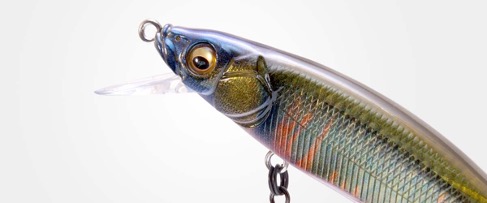
The ability to control the degree of light transmission from zero to 100 is probably the biggest advantage of plastics in lure painting. Wood and foam resins are opaque, but plastics can be used in a wide variety of ways, from a solid base coat to a clear coat.
The Fine Art Finish is available in five limited colors exclusively at the 2022 bassmaster classic expo.
FA KISYU AYU
The ayu is the classic mainstay baitfish in Japanese bass fishing. Here it is created using Megabass’ unique Fine Art Finish. This is a standard baitfish color pattern that will produce reliable results regardless of fishing pattern, field, or water quality.
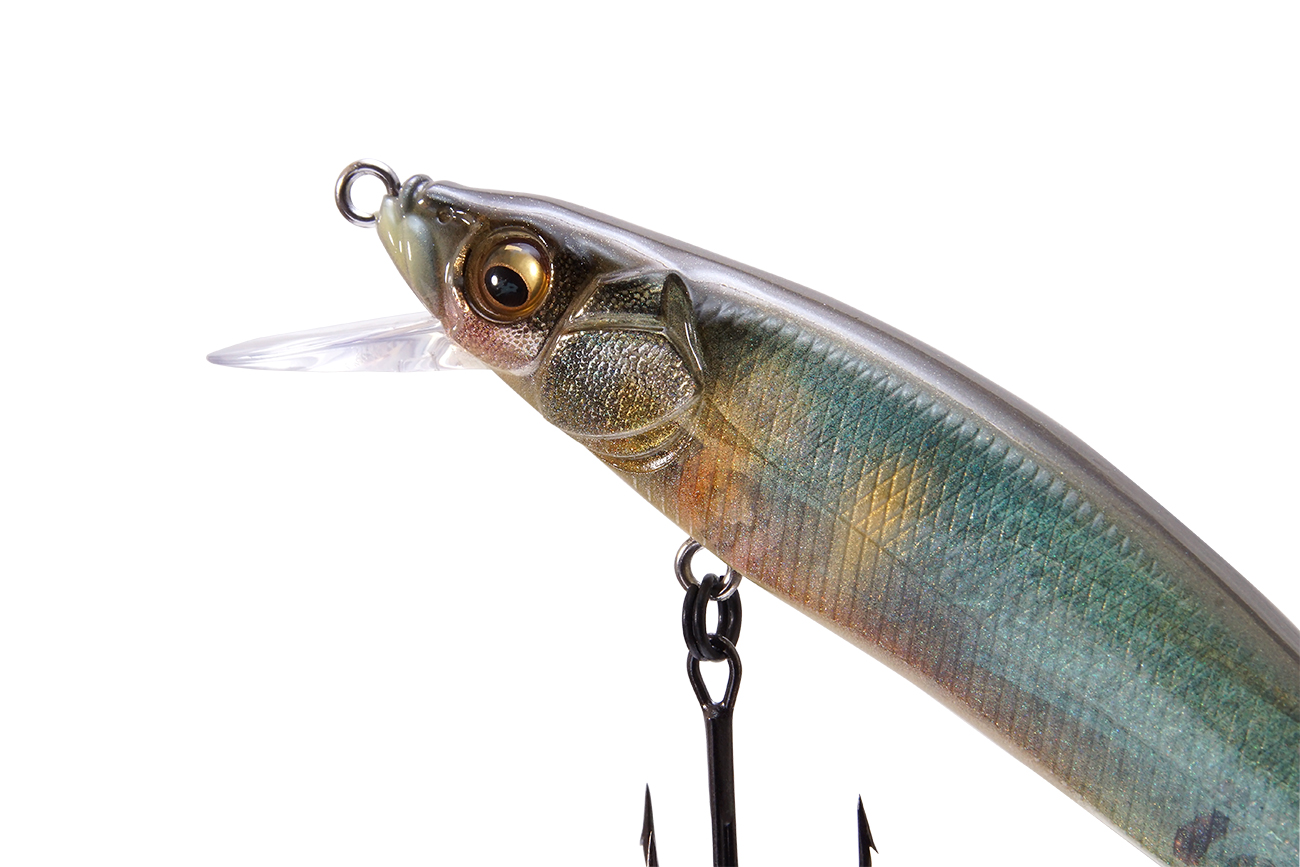
FA OIKAWA♂
An indispensable baitfish coloring for reservoirs, highland lakes, and shallow river areas. This model refreshes the OIKAWA♂, a classic Megabass baitfish coloring, with the Fine Art Finish. The realistic and natural colors serve as distinctive breeding color display.

FA GILL
A special Fine Art Finish version of the gill found to inhabit most fields. The strikingly realistic coloring delivers stable performance through both clear and muddy water conditions.
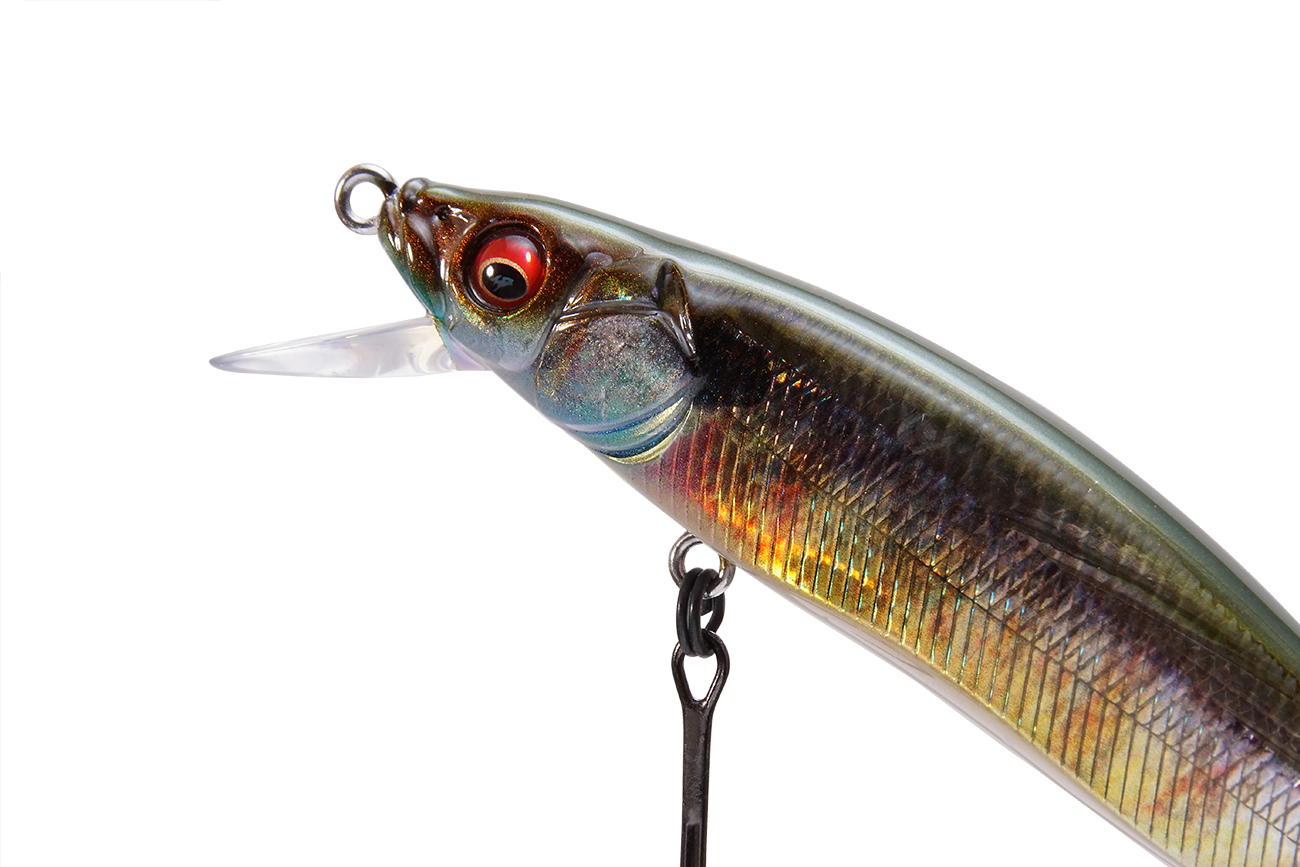
FA WAKASAGI
This special Fine Art Finish takes the classic baitfish color scheme of indispensable WAKASAGI and makes it even more lifelike. Its realistic presence makes it effective for any field.
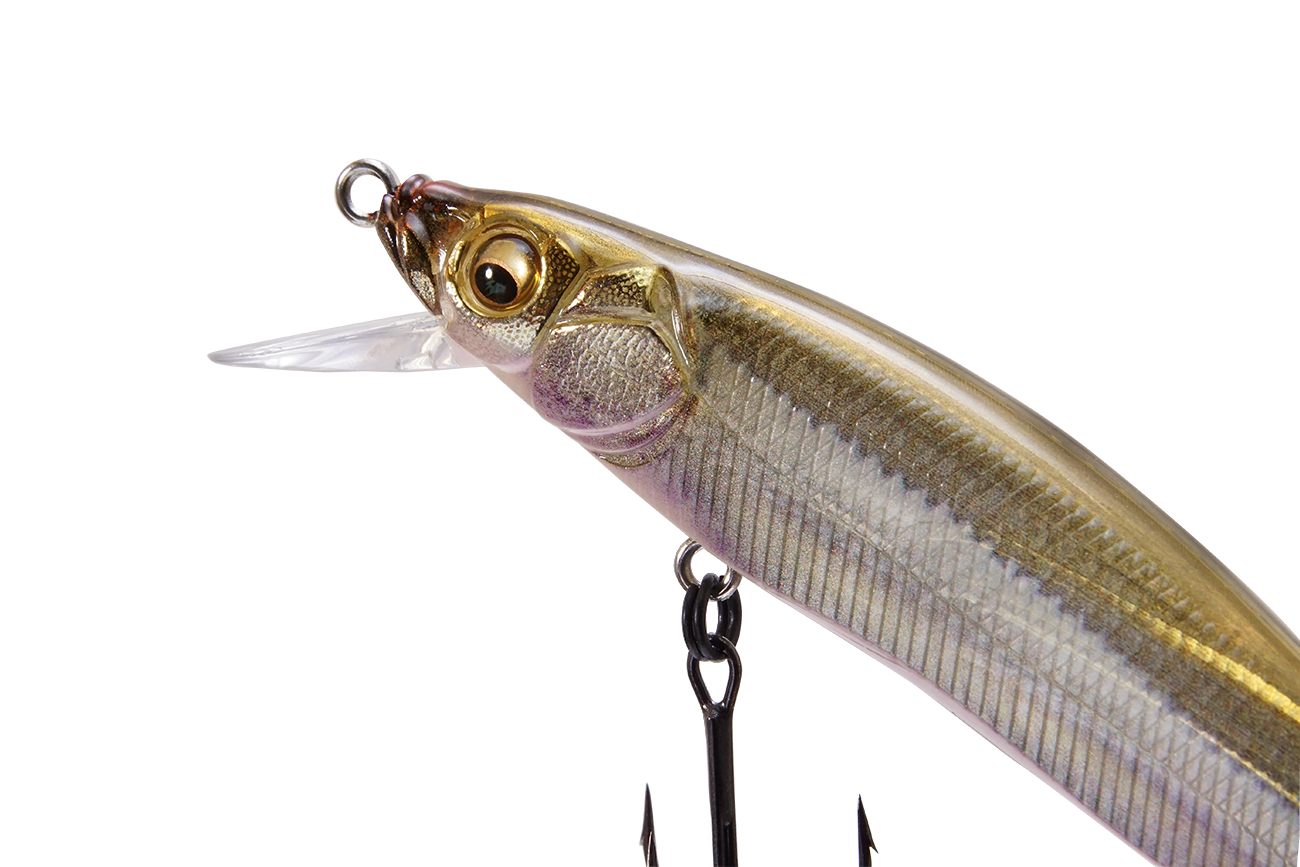
FA GHOST WAKASAGI
A special glossy and transparent Fine Art Finish rendition of the mainstay baitfish wakasagi found in highland lakes and reservoirs. The transparent finish takes in daytime sunlight and scatters it, attracting far away fish making this a very natural yet powerful color scheme.
